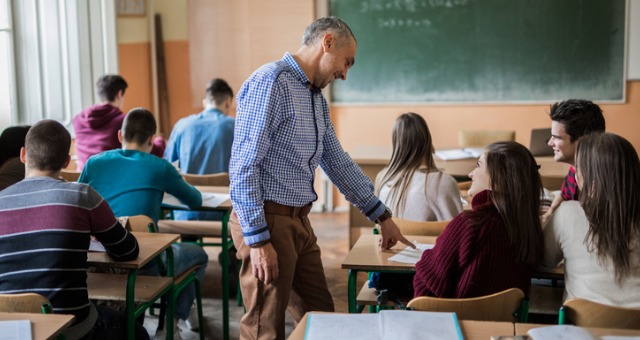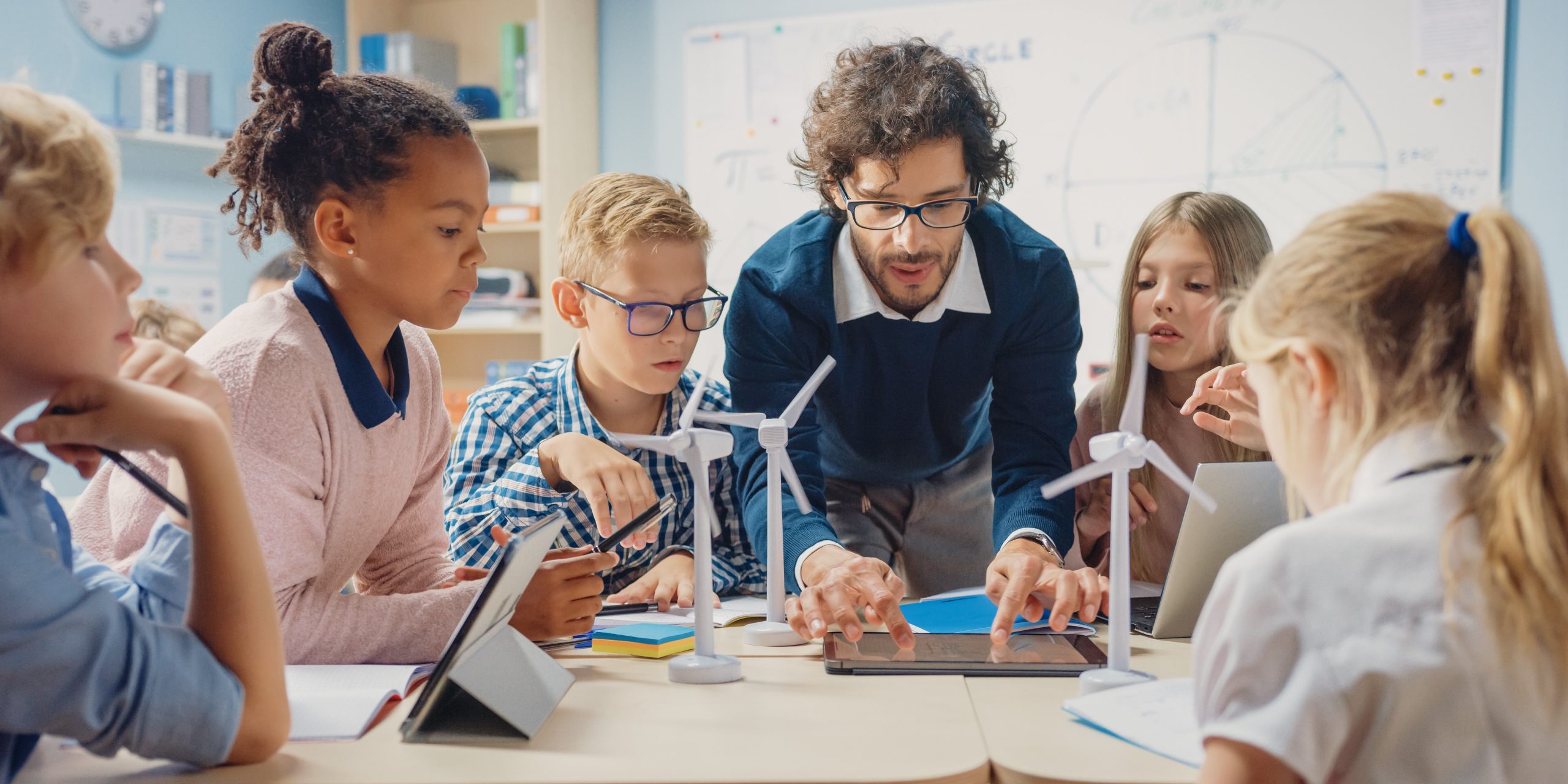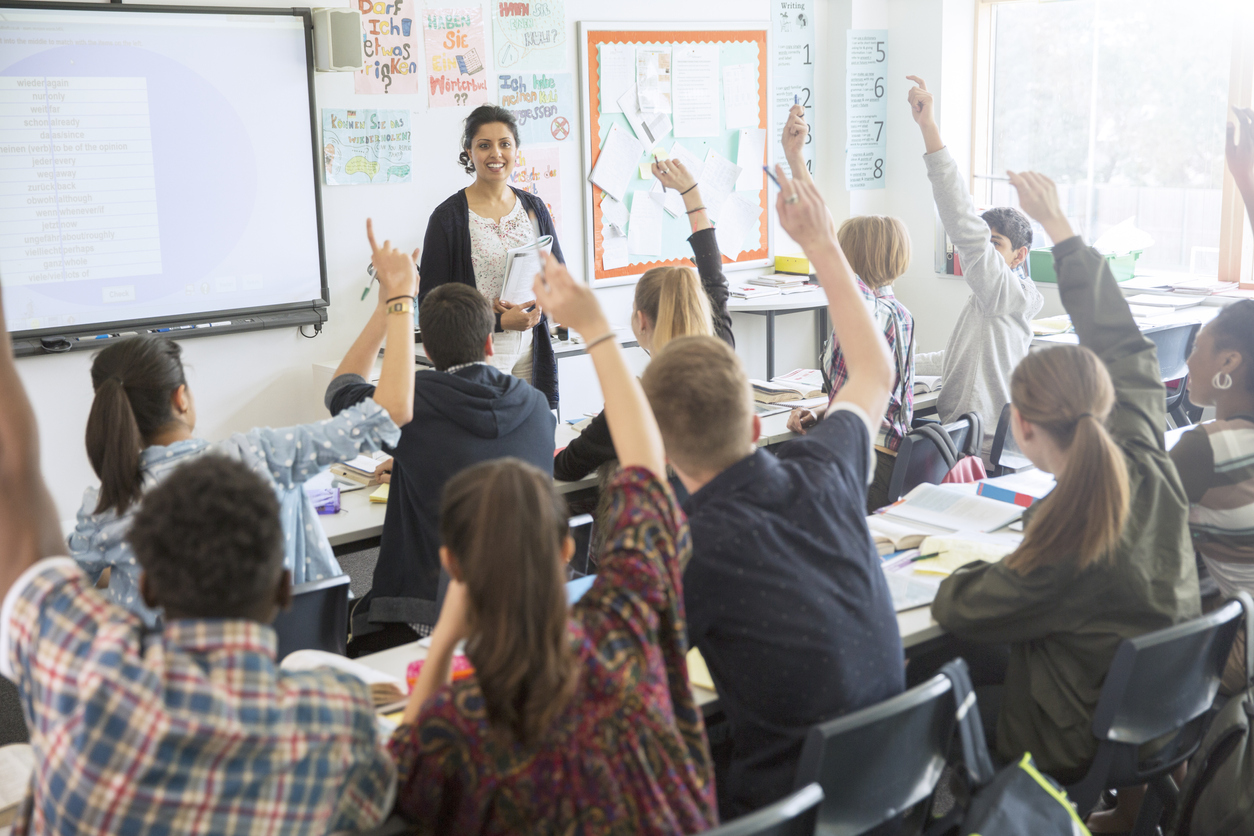Boost Your Child’s Confidence with Primary Science Tuition Singapore
Boost Your Child’s Confidence with Primary Science Tuition Singapore
Blog Article
Discovering the Different Mentor Techniques in Key Science Education Today
The landscape of primary scientific research education is advancing, with different mentor approaches acquiring prestige in contemporary classrooms. Inquiry-based understanding, hands-on experiments, and the integration of modern technology are redefining just how teachers involve young minds. Furthermore, collaborative approaches and set apart guideline are being used to deal with the varied requirements of students, improving both engagement and understanding. As we check out these methodologies, inquiries arise about their performance and the effects for future educational techniques. What might these changes in method mean for the next generation of students?
Inquiry-Based Learning
Inquiry-Based Learning (IBL) is an instructional method that motivates trainees to check out clinical principles through doubting, examination, and hands-on experimentation. This approach stresses the function of students as energetic individuals in their discovering, promoting essential reasoning and problem-solving abilities. By engaging with real-world concerns, trainees come to be motivated and interested, which boosts their understanding of clinical concepts.
In IBL, instructors act as facilitators, leading students as they browse their questions rather than providing information directly. This student-centered technique permits distinction, suiting different finding out paces and designs. Trainees create abilities in formulating theories, designing experiments, and analyzing data, which are critical for scientific proficiency.
Furthermore, IBL fosters collaboration among pupils, motivating them to share findings and ideas. This collective questions promotes social abilities and a feeling of community within the classroom. In addition, the procedure of questions urges strength, as pupils find out to accept failure as a tipping rock toward understanding.
Hands-On Experiments
Hands-on experiments are an important component of effective scientific research education, complementing the concepts of inquiry-based knowing. These experiments permit pupils to involve directly with scientific principles, fostering a deeper understanding through experiential discovering. By manipulating products and observing end results, young students can understand abstract theories in substantial methods.
Such tasks advertise critical thinking and analytical skills, as students hypothesize end results, conduct experiments, and evaluate outcomes. This procedure motivates them to ask concerns, fine-tune their understanding, and create a clinical mindset. Hands-on experiments can be customized to varied knowing styles, ensuring that all pupils have the opportunity to engage meaningfully with the web content.
Moreover, hands-on experiments typically encourage cooperation among peers, advertising synergy and communication abilities. Operating in teams allows pupils to share concepts, go over findings, and gain from each other, which boosts their general educational experience.
Integrating hands-on experiments into the key science educational program not only improves the learning atmosphere but likewise grows a long-lasting rate of interest in scientific research. By actively taking part in their education, trainees are much more likely to create an interest for scientific questions that prolongs past the class.

Modern Technology Assimilation
Integrating technology right into main scientific research education has ended up being progressively essential in cultivating pupil involvement and boosting discovering results. Using digital devices, such as interactive simulations, digital laboratories, and instructional software application, offers students with possibilities to explore clinical ideas in innovative ways. These resources facilitate a deeper understanding of complicated subjects by enabling learners to visualize and manipulate variables that would certainly be not practical in a typical class setup.
Additionally, technology combination urges personalized discovering experiences. Pupils can proceed at their very own pace, revisiting challenging ideas via multimedia resources, which cater to different discovering designs. This flexibility not only supports individual growth however additionally grows a sense of freedom in learners.
In addition, technology works as a bridge to real-world science, linking trainees with existing research and specialist contributions. Accessibility to on-line databases and clinical journals broadens students' viewpoints on clinical query and cultivates crucial thinking skills.
Collaborative Understanding
Collaborative understanding plays a vital duty in key science education by promoting teamwork and interaction abilities amongst students. This technique encourages learners to function with each other, share knowledge, and participate in analytical, which enhances their understanding of scientific concepts. By getting involved in team tasks, her comment is here students learn to articulate their ideas, listen to diverse point of views, and bargain services, all of which are important abilities in both real-world and scholastic contexts.

Research indicates that joint discovering can bring about boosted motivation and involvement in scientific research subjects, as websites pupils find enjoyment in common experiences (primary science tuition Singapore). Additionally, this method prepares students for future collaborative ventures, equipping them with the abilities required for efficient teamwork in higher education and professional atmospheres. Eventually, welcoming collaborative understanding in main scientific research education can dramatically enhance the learning experience and promote a much deeper understanding of scientific questions
Set Apart Instruction

Differentiated guideline can manifest in different methods, such as varying the content, procedures, or items of knowing. Educators might utilize tiered tasks that provide varying levels of intricacy, permitting pupils to function at their corresponding preparedness degrees. Additionally, flexible grouping techniques can facilitate collaboration among trainees with various abilities, fostering peer understanding.
Analysis plays a critical duty in this technique, as it informs guideline and assists instructors comprehend each student's special needs. Developmental analyses, such as monitorings and quizzes, can guide educators in adjusting their approaches to improve learning results. primary science tuition Singapore. Ultimately, by carrying out distinguished guideline in main scientific research visit this site right here education, teachers can grow a more efficient and equitable knowing environment, equipping all pupils to reach their complete capacity in understanding clinical sensations
Final Thought
In recap, the varied teaching techniques in primary science education, consisting of inquiry-based learning, hands-on experiments, innovation combination, joint learning, and distinguished direction, jointly add to an extra effective knowing atmosphere. These approaches advertise crucial reasoning, analytic skills, and a deeper understanding of scientific concepts. By executing these techniques, teachers can produce encouraging and appealing classrooms that resolve the varied requirements of students, ultimately cultivating a lifelong passion in scientific research and boosting scholastic achievement.
Inquiry-Based Understanding (IBL) is an instructional technique that motivates trainees to explore scientific principles via wondering about, examination, and hands-on testing.Collective learning plays a vital duty in main scientific research education by fostering synergy and communication skills amongst trainees.Research study indicates that joint discovering can lead to raised inspiration and interaction in science subjects, as students find enjoyment in shared experiences.In fostering an inclusive knowing atmosphere, set apart guideline arises as an essential strategy to fit the diverse demands and capabilities of students in main scientific research education. Inevitably, by executing differentiated direction in primary scientific research education and learning, teachers can grow a much more efficient and fair knowing environment, equipping all students to reach their complete potential in recognizing clinical phenomena.
Report this page